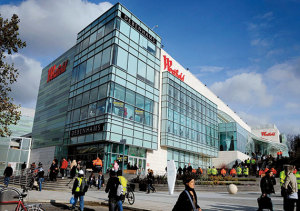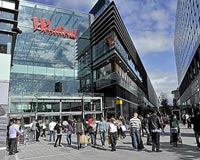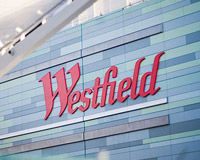
The southern hemisphere has been making a significant international impact in more than just the Rugby World Cup.
In general, Australian companies are active investors overseas. One-third of the top 2,000 companies in Australia are involved with an offshore market, according to a recent government report. The retail trade is an important component of that trend.
The UK is among the top five locations for foreign affiliates of Australian companies. Retailers such as Taking Shape, Industrie and Smiggle (see p22) have started moving into the UK at a rapid pace, with the latter selecting Westfield Stratford for its flagship London store.
London’s Westfield malls are the best-known examples of the influence of Australian retail in the UK. These developments have changed the shopping centre hierarchy in the UK, anchoring both the West End and East End of London with large-scale destination shopping centres. According to Westfield, London attracts 27.5m visitors per year, while Stratford, Europe’s largest shopping destination, attracts an impressive 42m visitors per year.
Why are these centres so successful at a time when most malls are struggling due to competition from online shopping websites? The answer lies in its design, which creates urban lifestyle destinations with a focus on enhancing the shopping experience.
Westfield’s strategy of creating high-quality, world-class retail centres has demonstrated the benefits of mixed-use developments, especially when compared with previous UK retail models. It develops successful retail destinations by integrating food, fashion, leisure and entertainment elements and by leveraging technology that connects retailers to customers.
Westfield chairman Frank Lowy has said: “Evolution and change are the words for shopping centre success.”

At Stratford, the main focus of the design was on creating a high-quality experience. The design team created a contemporary destination that is flexible to meet existing retailers’ demands for future modifications but able to accommodate market-entry retailers and new retail concepts.
Westfield London is more aspirational, with the hospitality influence offering the shopper an enhanced experience. World-class dining options and a lively destination cinema anchor the space. With plans for expansion recently approved by London mayor Boris Johnson, Westfield London will continue to offer visitors amenities beyond retail.
From purely a design perspective, both of these centres have succeeded in creating a contemporary urban context that fits within each community. Westfield’s seasonal pop-up attractions, such as the ice rink, fashion exhibitions, cinema premieres and public events, plus the expansive selection of lively restaurants and bars, all combine to provide dynamic social hub for the community.
These centres are vivid examples of super-modern spaces that essentially become microcosms of the city due to the enhanced community, dining and retail offerings. Despite their vast scale, the design provides meaning and a sense of place by combining the best elements of modernism. The physical retail outlets are the central components of this holistic customer experience and the architecture allows the retail to shine and connect directly with consumers.
Westfield’s centres are light years ahead of the smaller, suburban retail malls of our second cities. One has to wonder what the long-term impact the capital’s twin colossus will have on the format, scale and design of suburban malls. The Westfield model undoubtedly creates the social anchor and retail magnet in the chosen location.
Our own retail design work down under – we are currently working for AMP to double the size of its Karrinyup Shopping Centre in Perth – has further renewed our enthusiasm for the energy and effectiveness of the Australian retail renaissance.
It is evident there is a lot more we can learn from Australia – and I’m not talking rugby.
Vance Thompson is vice president at HOK











